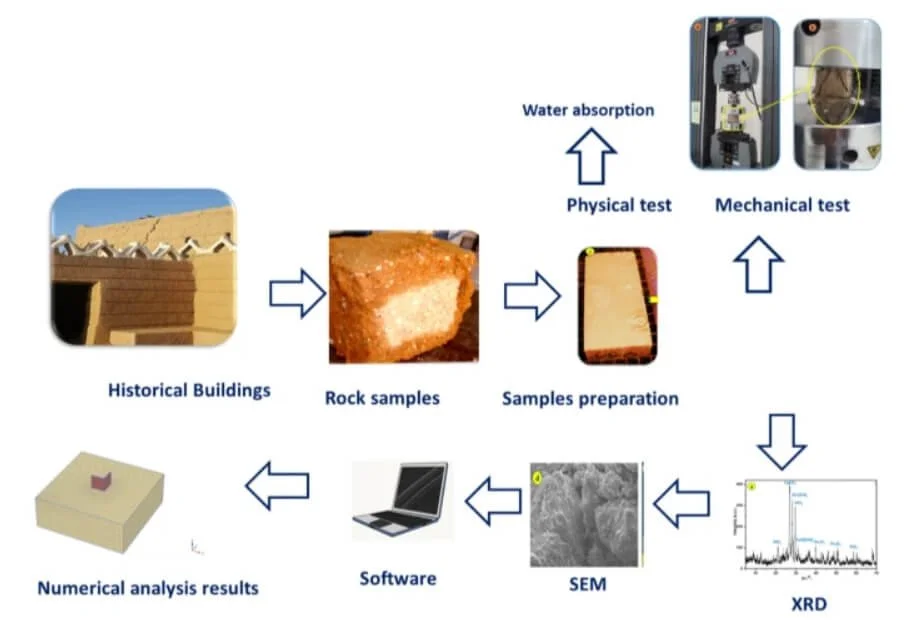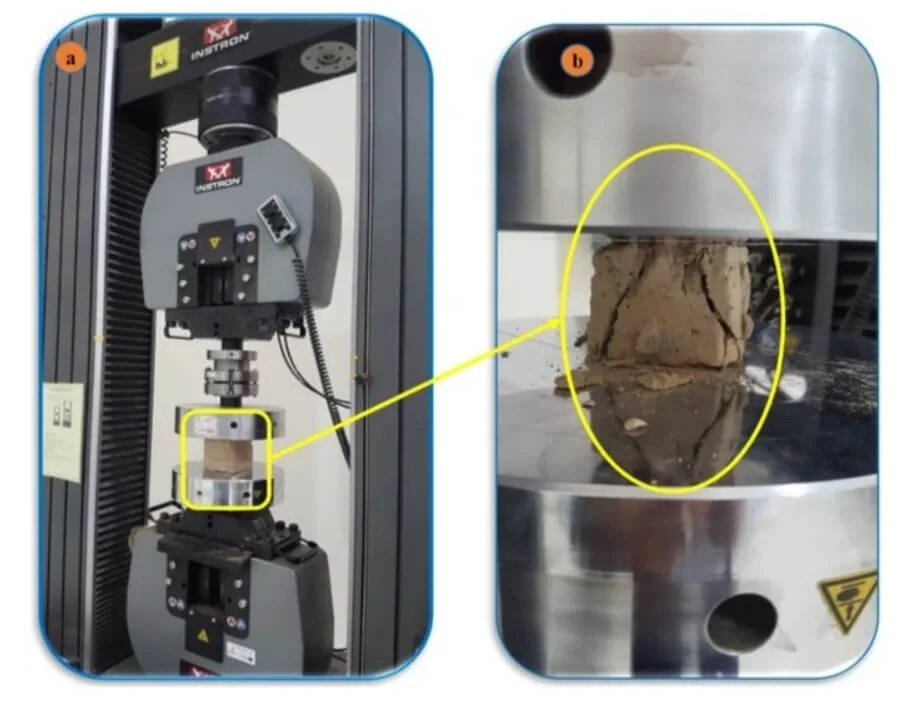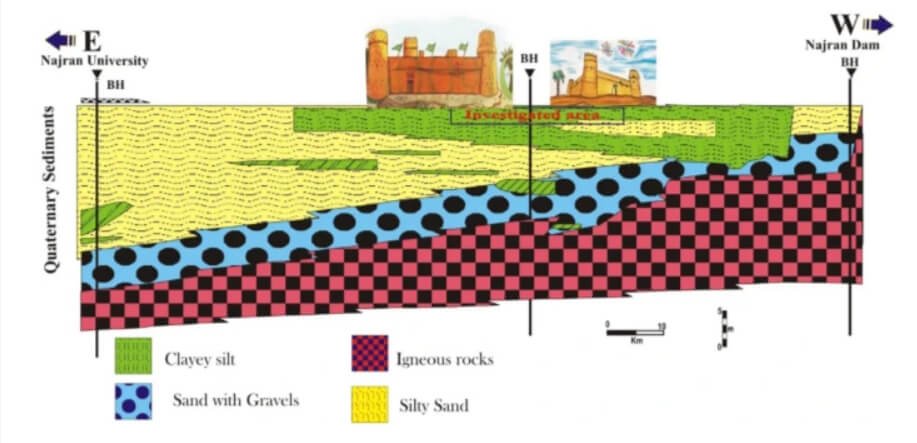Najran City, nestled in the southwestern realm of Saudi Arabia, beholds a rich tapestry of historical structures that tell a tale of its vibrant past. However, the longevity and stability of these architectural treasures are under threat due to various geoenvironmental risks and weathering processes. A new study aims to delve into the heart of the matter, exploring the deterioration drivers in ancient buildings in Najran City and employing numerical simulations to understand the geo-technical parameters and their role in the degradation process.
Historical Significance and Geographical Context
The geographical expanse of Najran is not only a testament to Saudi Arabia’s booming population and burgeoning mining sector but also stands as a gatekeeper to a wealth of archeological sites that chronicle its rich history. With natural stone being a pivotal building material, the interplay between the geological characteristics of the area, such as the prevalence of Najran granite and red sandstone, and historical building preservation becomes critical.
A detailed flowchart to explain the methodology and experimental tests of the present work.
Degradation Drivers of the Historical Buildings
The primary culprits contributing to the decline and fracturing of Najran City's historical buildings are recognized as the dissolution of clay minerals and salt crystallization, wind erosion, and intermittent wetting–drying cycles triggered by climate variables such as temperature and humidity. The area's mining expansion, according to Saudi Arabia's 2030 vision, further introduces man-made challenges and impacts on these ancient structures, which, coupled with natural weathering processes, create a complex deterioration network.
Methodological Approach Towards Preservation
To decipher the underlying degradation mechanisms and strive towards preservation, a meticulous approach embracing both field and lab observations, alongside numerical simulations, was adopted.
Field and Lab Observations: Techniques such as SEM, EDX, and XRD analyses were deployed, revealing kaolinite as a predominant mineral, with certain samples revealing traces of halite and goethite minerals. Other crucial data like unconfined compressive strength (average of 2 MPa) and water absorption (within the upper limit of 15%) of the earthen wall samples were also observed through experimental data.
Numerical Simulations: Utilizing the PLAXIS 3D software, a finite element model of a typical earthen historical building was developed. This model, simulating the behavior of the silty sand soil layer beneath the building and evaluating the non-linear response of the earthen structures, confirmed that excessive settlement and environmental conditions were the primary culprits behind structural failure.
Compressive strength test of prepared cubed from historical buildings (a) test setup, (b) sample after failure and loading rate.
Role of Environmental Variables
The intricate web of environmental variables, such as fluctuating temperatures, contrasting day and night humidity, and wind erosion, plays a pivotal role in expediting the degradation of historical buildings. The absorption test results, which calculated the percentage of moisture absorbed by the blocks, showed adherence to acceptable standards, albeit closely bordering the upper allowed limit. However, the resultant continuous wetting and drying cycles pose significant threats to the stability and longevity of the structures.
Insights from Human-induced Damage
Man-induced damages, including spray paint graffiti, scrape marks from sharp tools, and intentional structural perforations, further aggravate the deteriorative cycle. This underscores the significance of integrating preventative and restorative measures into the conservation strategy to safeguard historical edifices against such detrimental human activities.
Concluding Observations
Through a systematic integration of field observations, laboratory analyses, and numerical simulations, the research highlights the imperative to recognize the interplay between geotechnical, environmental, and anthropogenic factors in the degradation of historical structures. Understanding these interactions will facilitate the development of targeted restoration and preservation strategies, thereby safeguarding the architectural heritage of Najran City and ensuring the tales of its antiquity continue to echo through future generations.
E–W profile along the area of study area showing the subsurface layers of foundation beds of the historical building.
Future Perspectives
Preservation Techniques: Employing innovative and sustainable preservation techniques that counteract the effects of identified degradation drivers
Policy-making: formulating policies that safeguard the architectural heritage from both environmental and human-induced damages, ensuring that they continue to stand tall as symbols of Najran's vibrant history and culture.
Community Engagement: Fostering a community-oriented approach that cultivates an appreciation for architectural heritage and encourages active participation in its conservation










